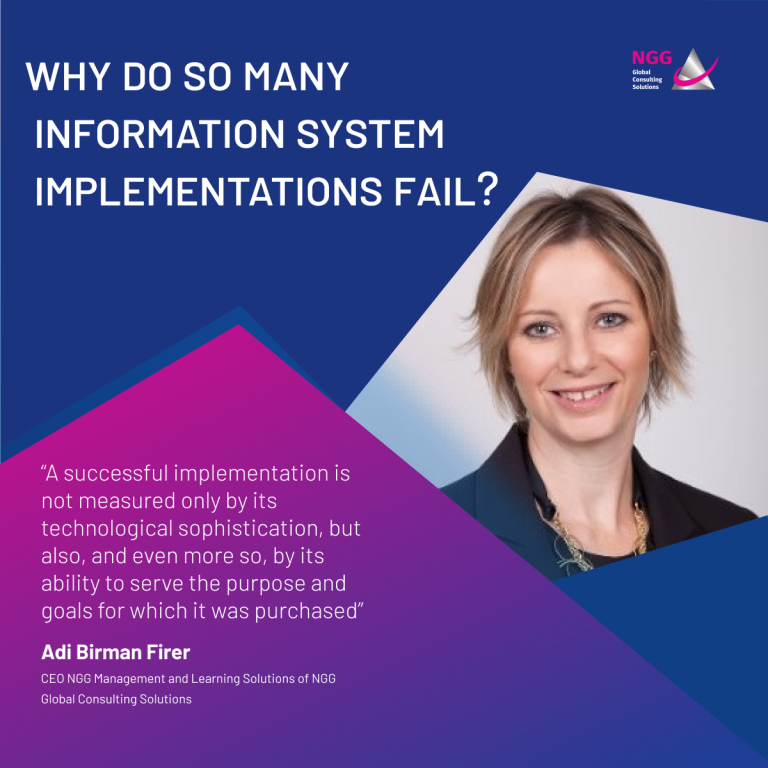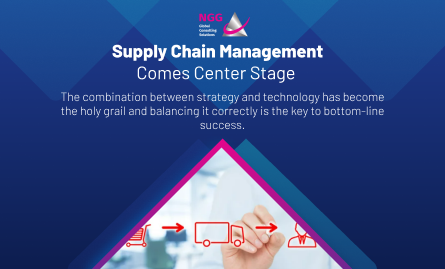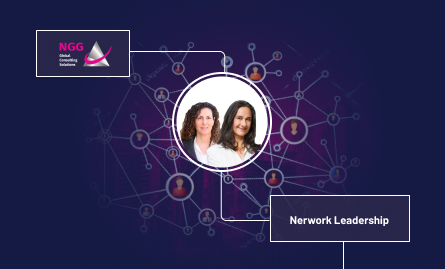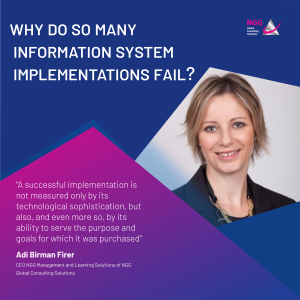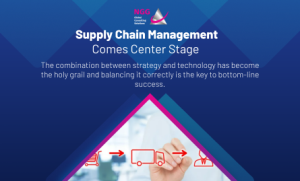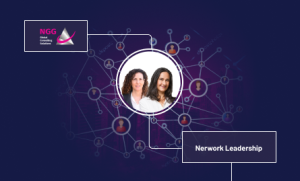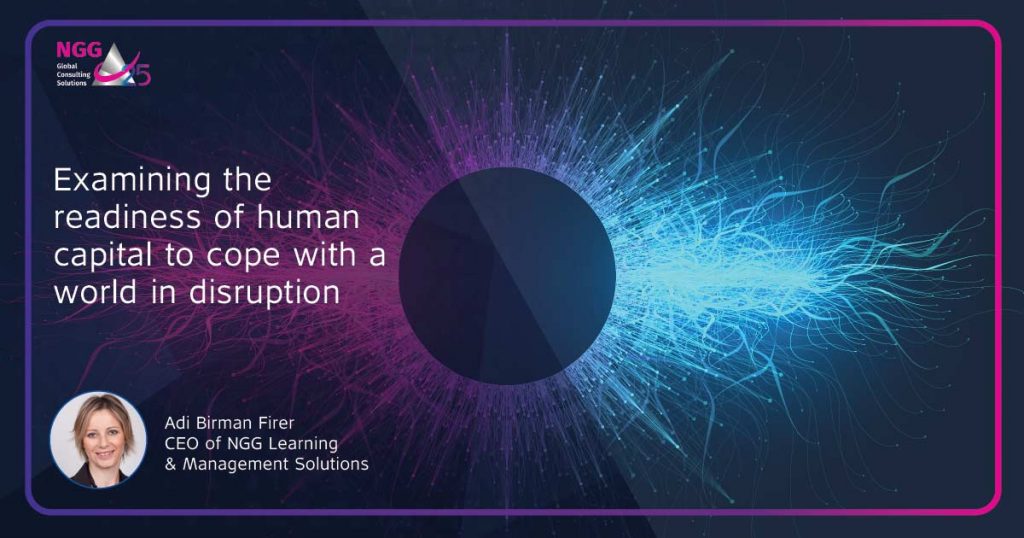
Examining the readiness of human capital to cope with a world in disruption
What does it mean?
Organizations today find themselves more than ever in a vortex of disruption that entails faster rates, continuous changes, flexibility, and the ability to deal with chaos and uncertainty.
The ability of organizations to survive the turbulence of the disruption requires constant scrutiny as well as the adaptation of human capital to the endless challenges presented by the business environment.
The tool for testing organizational readiness, focusing on human capital, includes a set of questions (divided into dimensions) for examination, and provides the organization’s leaders with a multi-dimensional image, which promotes decision-making for the short-term as well as the long-term in terms of human capital.
The set of questions allows the organization to assess its capabilities in addressing current and future challenges such as: the mix of human capital, existing and future roles, organizational structure, technology and so on.
The tool enables you to ‘mark’ the key arenas – the organization, the employee, the customer and the technological dimension – and on that basis to build a work plan for managing human capital transformation.
Each arena requires quick and meaningful response to the changes and the changing requirements of the business environment.
Therefore, early organizational preparation will enable a higher level of readiness for the organization in terms of human capital and will strengthen the organization’s ability to meet the multiple challenges it faces in the business environment.
As regards the 2020 work plans, the organization in general, and HR systems in particular, have an opportunity to test their level of readiness to deal with the disruption and to redefine the needs and processes required for recruitment, training, retraining and development.
Examining the readiness of human capital to cope with a world in disruption
How do we do that?
- We will test our readiness to address the challenges that each of the arenas places before us all the time, with the understanding that the solution rates should be as fast as the disruption rates.
- We will develop agile thinking patterns, undermining conventions and assumptions. What worked in the past will not necessarily work in the present nor in the future.
- We will accept Change as a routine, and develop examination and control mechanisms to deal with its effects.
- We will adopt strategic technological thinking.
- We will reinvent ourselves – we will adopt failures as an engine for learning and growth for the next thing.
By: Adi Birman Firer, CEO, NGG Global Consulting Solutions Group
